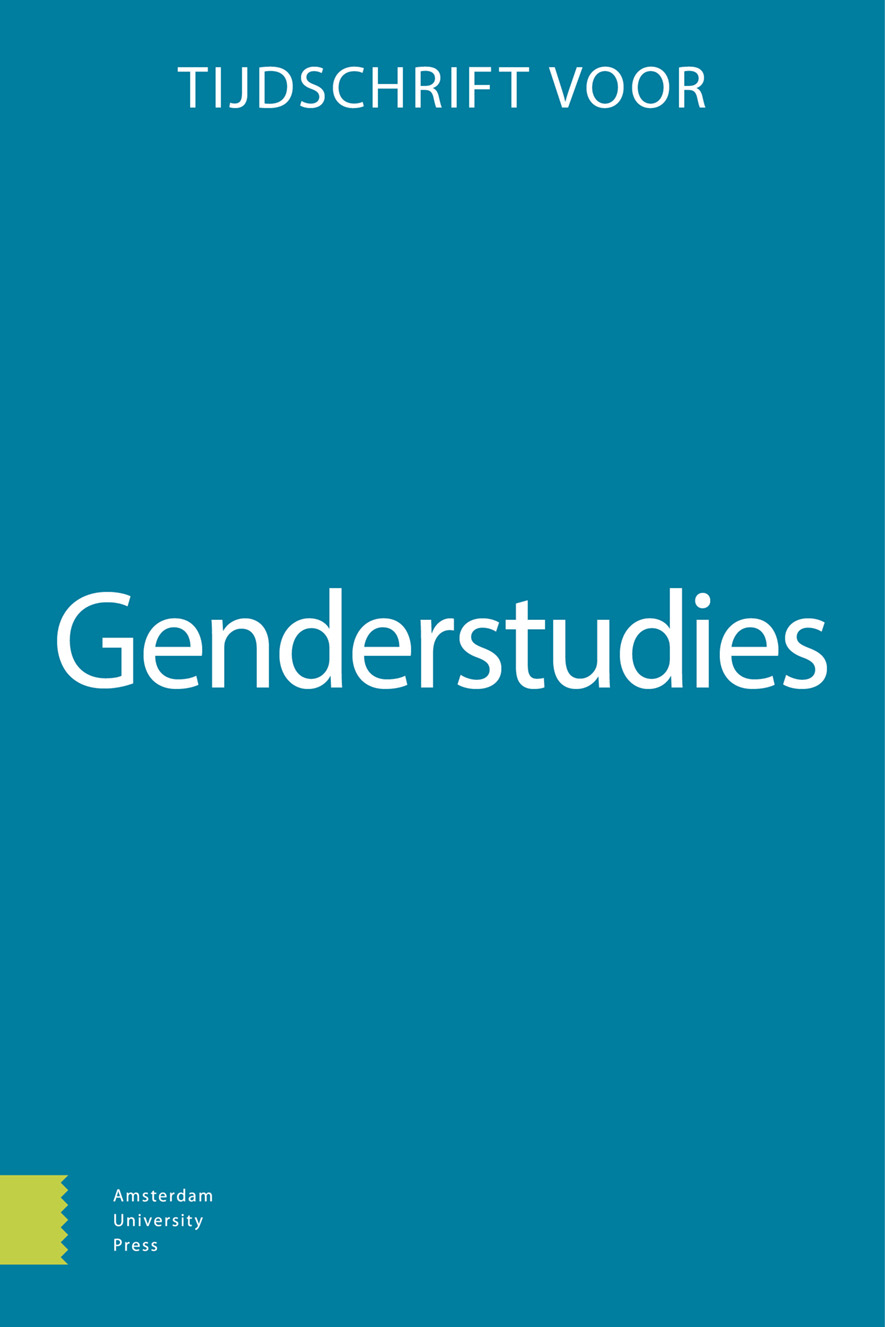-
oa Music creators and gender inequality in the Dutch music sector
- Amsterdam University Press
- Source: Tijdschrift voor Genderstudies, Volume 22, Issue 1, May 2019, p. 27 - 44
-
- 01 May 2019
Abstract
This article addresses how the position of women music creators differs from men. We clarify the general differences as well as financial gender inequality. Therefore, we draw on two sources. First, Buma/Stemra – a copyrights collecting society – provided a member database, including approximately 28,000 members. Second, as this database contains few variables besides sex and royalty revenues, we did an online survey amongst Buma/Stemra members. This survey included questions about background characteristics, income, work activities and satisfaction, their own work (in relation to gender), and their view on the gendered nature of the music industry.
First, women music creators differ from their male colleagues: they are less satisfied with their work activities and conditions, often feel not taken seriously as music creators, and are less comfortable promoting their work. Moreover, men and women differ in terms of time spent on different tasks. Finally, where women see the music industry as geared towards men, male music creators often do not see the music sector as a man’s world. They, therefore, explain gender inequality differently. Second, our analyses show that female sex/gender has a negative effect on both copyright revenues and income, even when controlled for age, years of membership, (music) education, and task activities.


